CF LT07.5 Low Table by Caturegli Formica. Dimensions: W 38 x D 38 H 40 cm. Materials: Wood, Plastic. The top of low tables changes its colour according to the point of view. S-Steel structure available Biographical notes Beppe Caturegli (1957) and Giovannella Formica (1957-2019) shared a background in the cultural atmosphere of the Radical Architecture movement in Florence. After taking architecture degrees in 1982, they moved to Milan to begin a long, intense working relationship with Ettore Sottsass, the Memphis group and the magazine Terrazzo. In 1987 they opened the Caturegli Formica Architetti Associati studio and for ten years they worked as consultants for Computer Associates, a US-based software firm, for which they designed facilities in Milan and Rome. Alongside work on architecture and interiors, they have designed products for many different Italian and international companies, including Sanyo, WMF and Fontana Arte. Their curiosity and passion for architecture around the world has led to frequent trips to the United States and Japan, and then regular travels in India and several African countries, where they have conducted research in collaboration with local architects, artists and artisans. The aim is to enrich the meaning of products, projects and works of architecture, using mixed systems: industrial/crafts, global/local, mass-produced/one-off. In the period 1987-1991 they created Terre, a ceramics series produced in the workshop Céramiques Almadies, and collaborated with the design group 100% Dakar, honoured by the President-poet Léopold Senghor for their work on racial integration. from 1989 to 1993 they worked on the restoration and extension of a vast estate in Madras (Chennai), and made a series of symbolic stone objects in collaboration with the sculptors of Mahabalipuram. Their work is very heterogeneous, ranging from residential and commercial architecture to restoration, interiors to furniture, lamps and flatware, paintings and ceramics to video. Since the early 1980s they have designed carpets, seen both as useful objects and as maps of knowledge. Most of the rugs are part of site specific works for private clients. This is a way of working on the applied arts that goes almost against the current, in a period in which industrial design moves toward global standardization and uniformity. In 1989 they participated, together with the Memphis group, in the exhibition Rugs at the Design Gallery, and created a collection of rugs and tapestries for Elio Palmisano in Turkey and Italy. Later, they have also worked in Iran, China, Singapore, Hong Kong, Kashmir and Tibet, collaborating with craftsmen and selecting small companies that use purification systems for water used in colouring, and apply procedures for the safety and well-being of workers. Since 2004, Nilufar Gallery has shown the Caturegli Formica rugs collections . In 2007, for the exhibition Onehundred, they presented Super-market, a collection of cabinets called Photo-boxes and characterized by images reproduced on the doors that show the geography of global consumption and document real places and objects of the planet. In 2010 they presented a series of twenty photo-montages and eight collections of rugs for their exhibition Nodi/Hubs, a kind of reflection on certain macro-knots of occidental thinking: the environment and consumption of the territory, genetics and GMOs, catastrophes, chaos theory, archival storage and the mind, the chemical essence of life. One aspect of their research, honoured with international prizes and publications, is the structural use of colour and light in architecture. More recently, they have put great commitment and research into an energetic use of light, in the context of bio-architecture projects with objectives of heightened sustainability. In 2004-2014 they carried on the project of restoration and revitalization of a vast historic property in Tuscany, where they have applied advanced solutions for energy supply and savings, through the use of a range of integrated alternative energy sources. The Tenuta dello Scompiglio estate includes a theatre, rehearsal rooms for musicians, an art gallery, a restaurant, residences for artists and many hectares for biodynamic agriculture. In 2014-2017 they designed several spaces devoted to host art collections and produced seven new rugs collections, embroideries, furnitures, vessels, photomontages and concept books. Their works have been showed at the Deichtorhallen Hamburg, Centre Pompidou Paris, Mino Ceramic Art Museum Japan, Metropolitan Museum of Art NYC, Triennale di Milano...
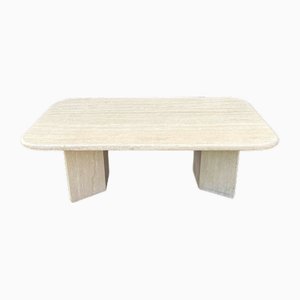

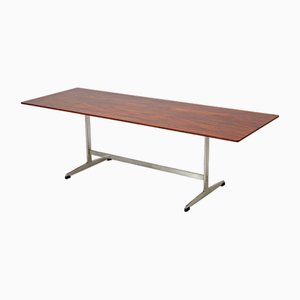
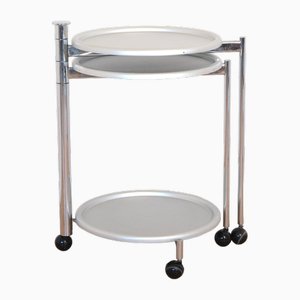

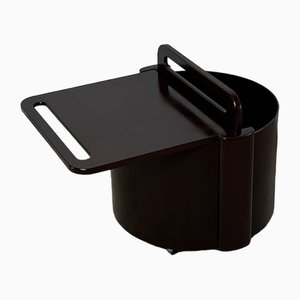
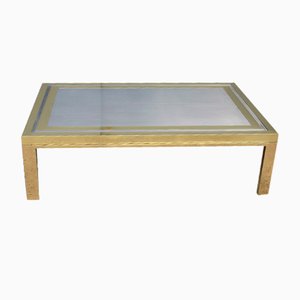
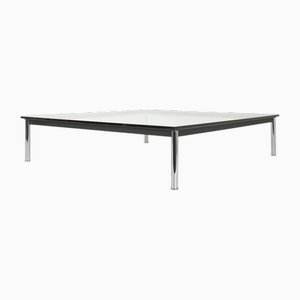

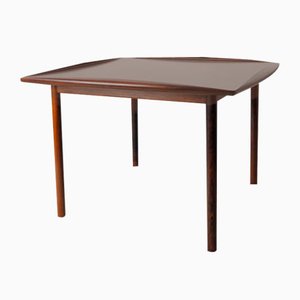
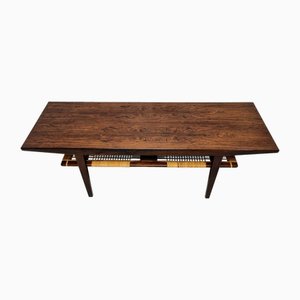
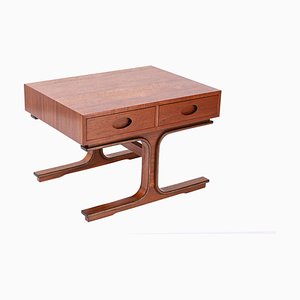
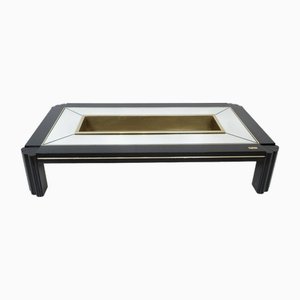
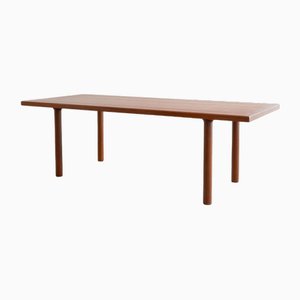

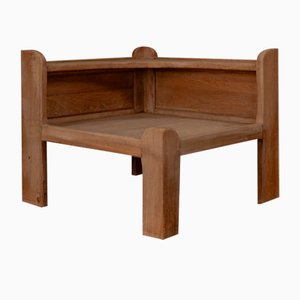
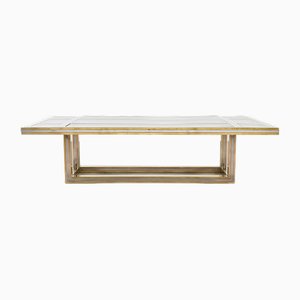


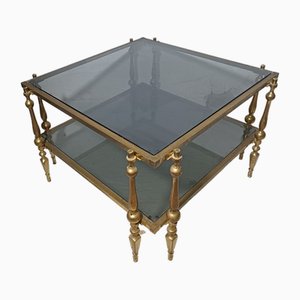
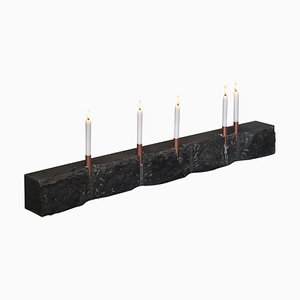
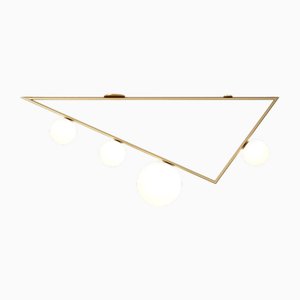
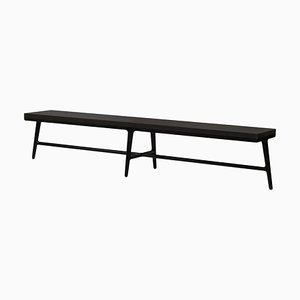
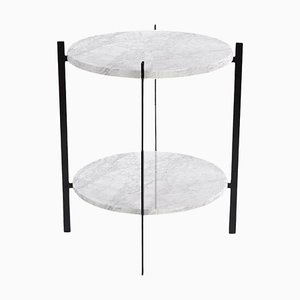
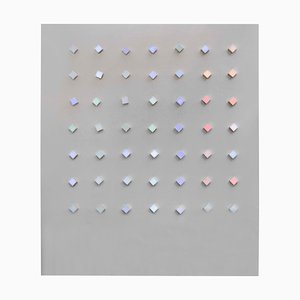
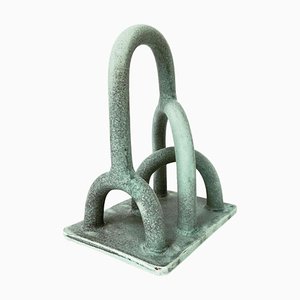

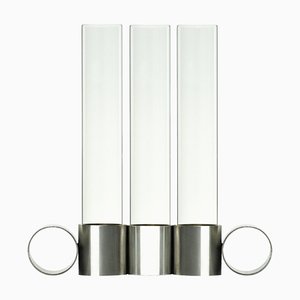
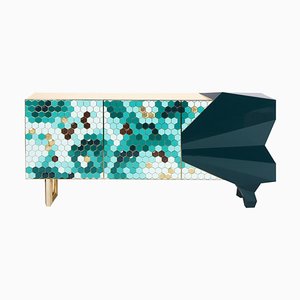


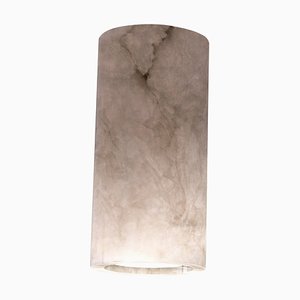
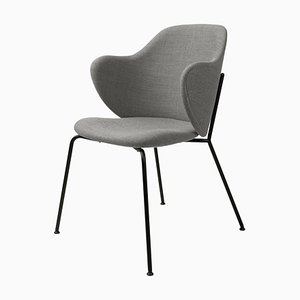
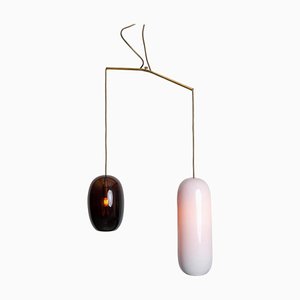
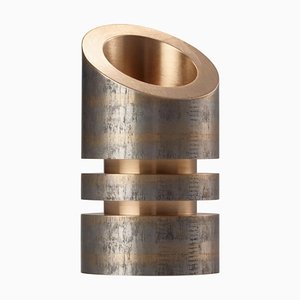
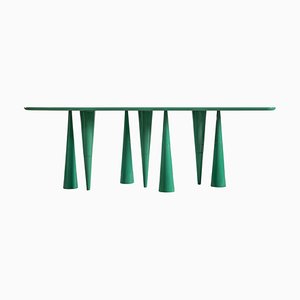
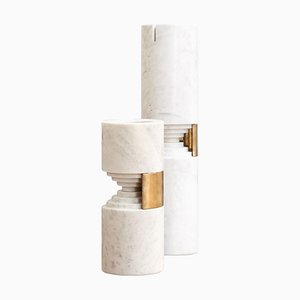
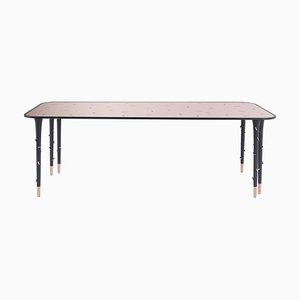
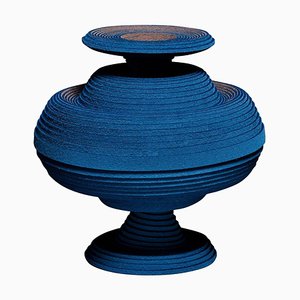
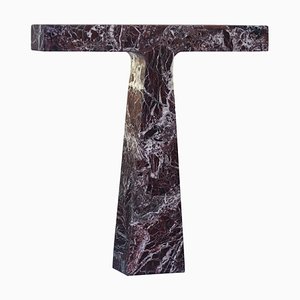
Get in Touch
Make An Offer
We noticed you are new to Pamono!
Please accept the Terms & Conditions and Privacy Policy
Get in Touch
Make An Offer
Almost There!
To follow your conversation on the platform, please complete the registration. To proceed with your offer on the platform, please complete the registration.Successful
Thanks for your inquiry, someone from our team will be in touch shortly
If you are a Design Professional, please apply here to get the benefits of the Pamono Trade Program